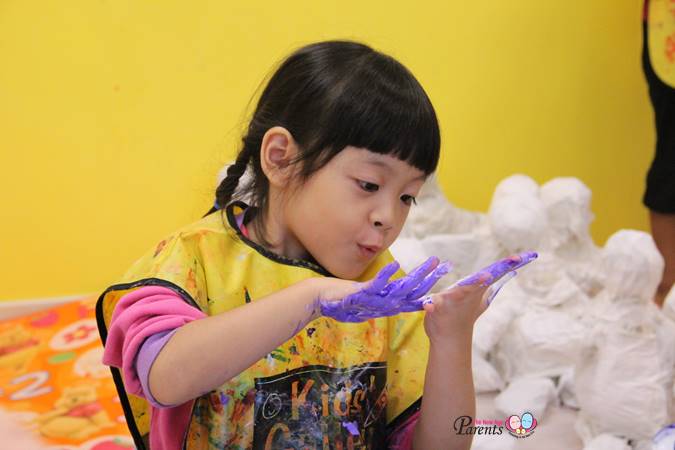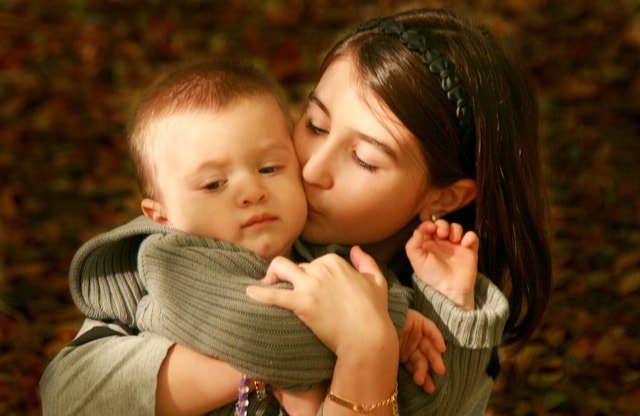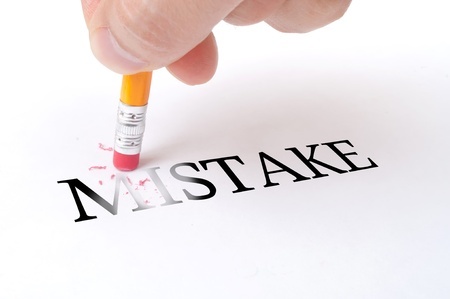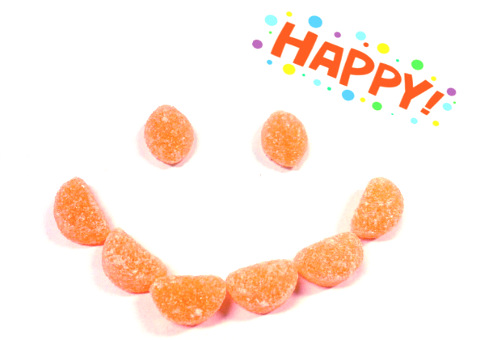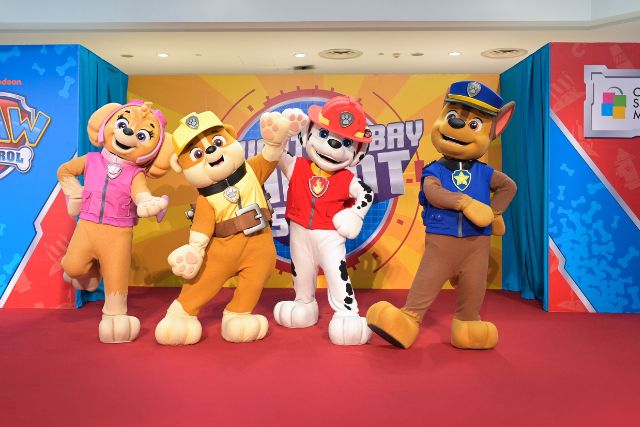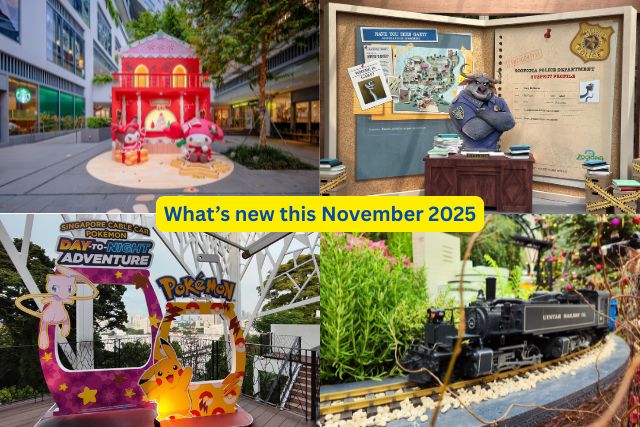Sign language has been used for many years as an effective form of communication for people who are hearing-impaired. If we take a closer look around and watch the people communicate, we’ll notice that we all do our own version of sign language in our conversations. Such expressions and gestures help us adults to communicate when there are language barriers or we would use these gestures to help make ourselves understood. Some gestures are idiosyncratic but many are all but universal.
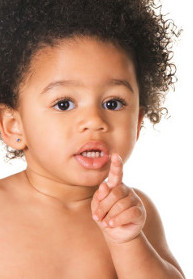
Our babies grow to observe our gestures and non-verbal cues. Even when we do not introduce any sign languages to them, through their observations, they would mirror their adults and sign to us in their own manner, to communicate with us. It could be a simple waving, pointing, nodding or some simple hand movements.
The Benefits of Baby Signing
In the late 1980s, Linda Acredolo and Susan Goodwyn, both doctors in the United States did a research study on baby sign language. Their study found that the parents of babies who had been taught to sign noticed that their babies appeared less frustrated because they could communicate more easily and that this in turn strengthened the parent-child bond.
Other benefits of babies who signed
- were less frustrated
- were better able to communicate from an early age
- developed bigger vocabularies more quickly
- displayed an increased interest in books
- more confident
- able to interact better with their carers
- developed a higher IQ
- started speaking earlier
(Adapted from Baby Sign Language: A practical guide to signing with your baby, by Alison Mackonochie)
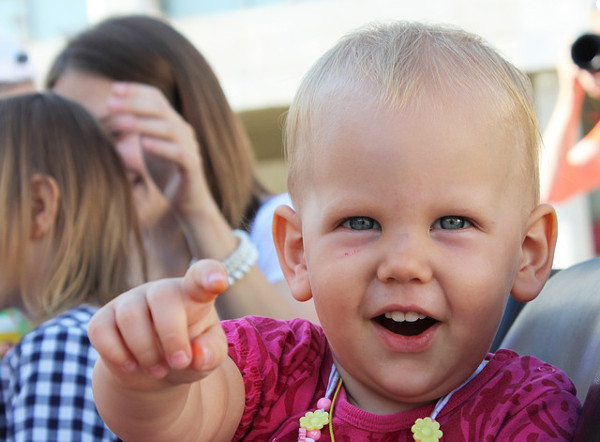
When Should I Start Signing To My Baby?
Baby sign language has been gaining popularity among parents in the 21st century. While signing can be introduced as soon as our babies can control their hand movements, usually around eight or nine months, you can begin to teach your child the signs earlier than this.
I recall repeatedly showing my firstborn Samuel, the sign language of milk – the opening and closing of my hands as though I am milking a cow, before every milk feed when he was three months old. At the age of eight months when he could better grasp his hand movements, he suddenly started to sign milk confidently whenever I asked if he would like some milk. It was exhilarating to finally be able to communicate with my baby, other than trying to decipher his needs through his cries! Thereafter I introduced the other sign languages such as ‘eat’, ‘water’, ‘more’, ‘please’, ‘sorry’, ‘thank you’, ‘hello’ and ‘goodbye’.
Staying Flexible
The point of sign language is not to introduce a new language to them or to provide a set of specific signs that must be followed strictly, but rather to give you tools to communicate with your baby before he/she can speak so that your child can connect more easily with you and others.
During the process, your baby may consistently get the sign ‘wrong’. For example, the signs that I taught Sam eventually evolved into his own signs, which is different from the universal sign language. But I didn’t try to change them as it has already met my need; which was to communicate with him effectively.
As long as the sign remains consistent and you know what your baby is trying to say, that is totally fine! Go with your child’s version. Stay flexible and have fun!

Be Consistent. Repeat, Repeat and Repeat!
While introducing the signs to Sam, it was like an endurance race for me; to persist and be consistent in demonstrating the signs to him whenever I ask him if he would like milk, before I breastfeed him or when I offer him a bottle of milk. It was tiring and I almost gave up, but the results at eight months eventually spurred me on further! It was all worth it when you can finally communicate with your child.
It is important to sign each time you use a chosen word so that your baby becomes familiar with both the sign and the sound of the word.
Such as “Would you like some milk?” and signing the milk sign thereafter. It is important not to be impatient if your baby doesn’t seem to pick up the signing skills quickly – like Sam who almost took five months to digest the signs! All children will learn at their own natural pace and there are many ways to help make signing or communicating with each other easier – such as through favourite activities like a song or a rhyme.
Here’s another quick tip: Make it a family affair so that your partner, siblings, grandparents or babysitters can take part in these non-verbal exchanges with your baby.
Stay Positive
It may take a long while for them to finally start signing back to you. I recalled that I had to watch carefully so that I don’t miss Sam’s early signing attempts. His first milk sign was a slow opening and closing of his fists, unlike how I demonstrated to him! These early signs may not be easy to identify or recognize at first, but that’s not important, the important thing is that your baby is trying to communicate to you, and he’s learning! Give lots of praise and encouragement, like a cheer or clapping to cheer him or her on. Don’t try to correct mistakes! Even if the signs are wrong, remember as long as you are consistent, or his signs are consistent, its totally fine!
Helping your baby sign and speak better
I spoke to a senior teacher once to find out if I was educating Sam accurately by signing and saying the sound of the word. She advised that I could also try making full sentences while signing and saying of the word. Instead of “milk milk?” and the sign, I could help my baby speak better in future by modelling to speak good English from the time he is born such as “Would you like some milk?” and signing the milk sign.
Where Can I Learn?
You can get resources such as books or DVDs on baby signing that you can show your child and learn signs yourself. You can try reading the book, “Baby Sign Language: A Practical Guide to Signing with your Baby” by Alison Mackonochie and viewing clips such as “Baby Signing Time” on the YouTube.
Try them and have a signing good time!
By Yvonne Chee
This article was first published in The New Age Parents e-magazine.
If you find this article useful, do click Like and Share at the bottom of the post, thank you.
Like what you see here? Get parenting tips and stories straight to your inbox! Join our mailing list here.































